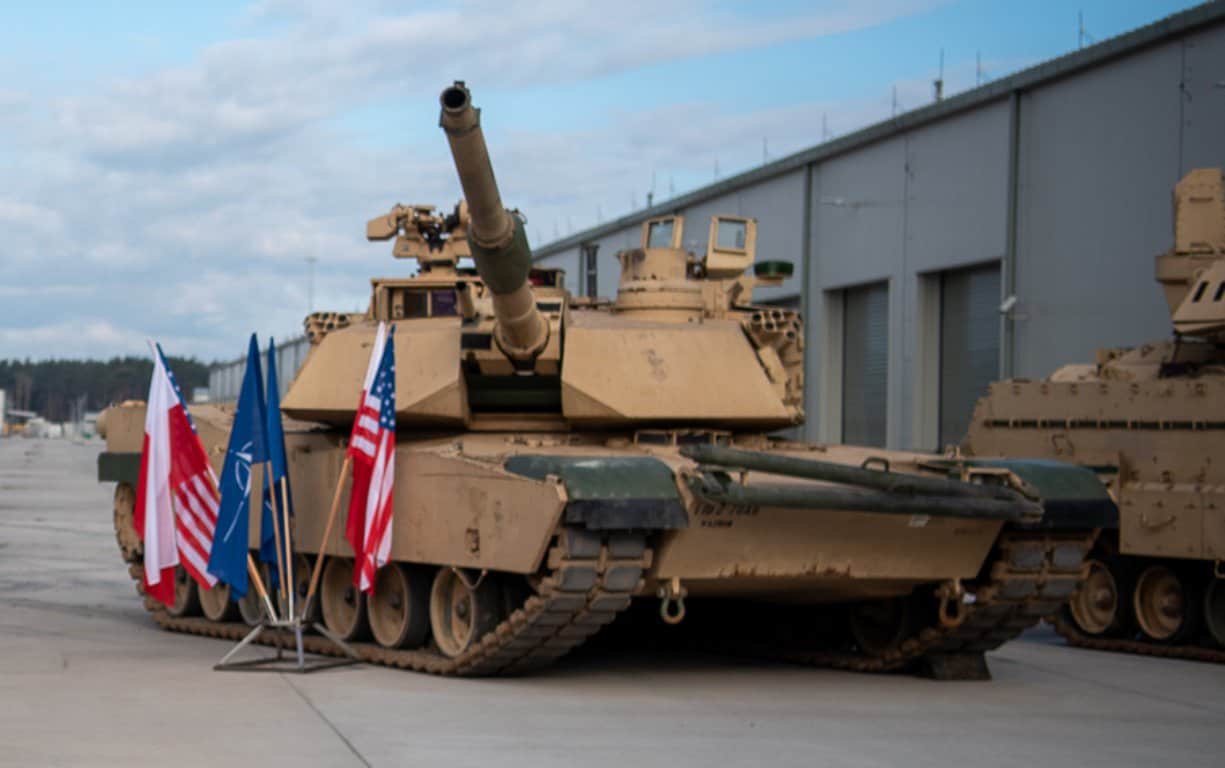NATO is changing its defense strategy
NATO is changing the strategy of protecting its member countries after the large-scale invasion of Russian troops in Ukraine. The Alliance no longer allows temporary occupation of its territory in the event of a Russian attack. The New York Times reported on this.
It is noted that NATO is rapidly shifting from what the military calls deterrence by retaliation to deterrence by denial. NATO plans to further strengthen its eastern borders, meaning the accumulation of equipment and troops that would be able to quickly help allies when needed.
 Estonian military training. Photo credits: NATO
Estonian military training. Photo credits: NATO
The previous strategy envisioned that in the event of Russians invading, member states would try to hold out until allied forces, mainly the US Military, arrived to help them and retaliate to push the Russians back.
However, after witnessing the Russian atrocities in areas that were occupied in Ukraine, Poland and the Baltic countries no longer wish to risk any period of Russian occupation. According to the media, "deterrence by denial" means the permanent location of allied troops on the territory of the member states of the Alliance along the Russian Federation border, greater integration of American and allied war plans, more military spending, and lists more detailed requirements for the allies regarding the availability of specific types of forces and equipment to fight, if necessary.
 U.S. Army training in Poland.
U.S. Army training in Poland.
Photo credits: Polish Ministry of Defense (gov.pl)
One of the practical consequences of the "deterrence by denial" concept is the increased role of Gen. Christopher G. Cavoli, NATO's top military officer, the supreme allied commander in Europe, who also commands American forces in Europe.
A senior NATO official anonymously shared with The New York Times that for the first time since the Cold War, a NATO official of this level would integrate American and allied war-fighting plans. According to him, East European countries will know exactly what NATO intends to do to defend them. NATO will also strengthen requirements for defense planning and may prohibit the transfer of certain units necessary to ensure the security of allies.
 LTESM-C logistics hub in Poland.
LTESM-C logistics hub in Poland.
April 2023.
Photo credits: Ministry of Defense of Poland
Previously, a military logistics and equipment hub that will receive thousands of units of military equipment has been opened in Poland.
This is the largest infrastructure project funded by NATO and the United States in the last 30 years.